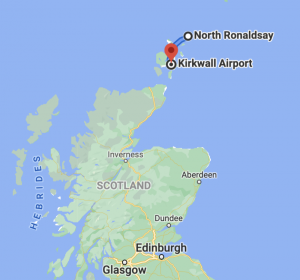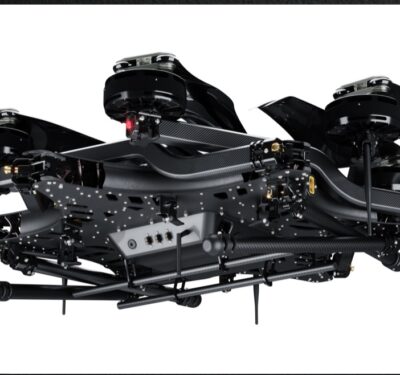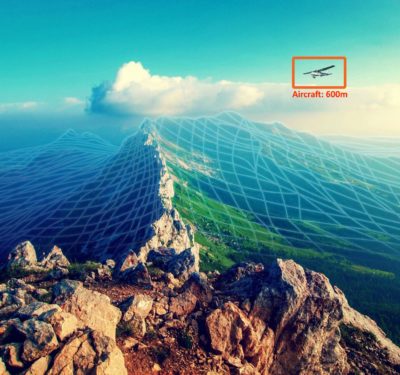Off the tip of Scotland in the chilly North Atlantic, the Royal Mail has begun trialing a low-emissions UAV for mail delivery in the Orkney Islands, over 35 miles of sea.

The Orkney Islands. Courtesy Google Maps.
A twin-engine Windracers Ltd ULTRA UAV carries 100 kg (220 lb) of mail in the test flights as part of the Sustainable Aviation Test Environment (SATE) project, funded by UK Research and Innovation (UKRI) via the Industrial Strategy Challenge Fund. It flies between between Kirkwall on the main Orkney Island and remote North Ronaldsay, a journey that otherwise takes more than 3 hours by ferry. The letters and parcels will then be delivered by the local carrier using traditional land transport, supporting the community of around 70 people on North Ronaldsay.

If the trial is successful, the technology will be considered by Royal Mail to support postmen and postwomen in delivering to very remote areas and addresses across the UK. It follows previous efforts that in December 2020 saw Royal Mail deliver a parcel for recipients via drone to a remote lighthouse on the Isle of Mull. In May 2021, Royal Mail conducted first UK drone parcel delivery beyond visual line of site with Windracers Ltd, and the first inter-island deliveries on the Isles of Scilly.
The Windracer ULTRA UAV is an advanced technology demonstrator designed to carry 100 kg over 1000 km and is powered by two four-stroke petrol engines, each directly connected to a two bladed wooden propeller. The engines have a V-twin configuration, whose normal operating range is between 1100 and 3400 RPM and are attached to the airframe using four industrial vibration isolators in a cantilever configuration. The payload is secured into the loading bay using a cargo net and straps. It was originally designed for rapid medical and food aid distribution.
“At Royal Mail we care about delivering a brilliant service for all of our customers, wherever they live in the UK,” said Nick Landon, chief commercial officer at Royal Mail. “We are also incredibly passionate about protecting our diverse and beautiful environments. This trial is designed to help with both of these goals, using the most innovative technologies to support the remote and isolated communities we serve in the greenest way possible.”
SATE is based at Kirkwall Airport, which is operated by Highlands and Islands Limited (HIAL). Led by HIAL, SATE is hosting trials of aviation technologies including low-carbon aircraft and UAVs as part of the UKRI Future Flight Challenge.
Dougie Cook, HIAL’s general manager north, said: “This is a significant trial for UAVs that form an important part of the SATE project. The facilities at Kirkwall Airport provide an ideal testing centre for this innovative application of UAV technology, which could bring practical benefits to the communities that HIAL serves.
“The SATE project is an important collaboration for HIAL and allows us to work with partners who are leading the way in sustainable aviation on a global scale. We are committed to being at the forefront of Scotland’s efforts to transition to a low carbon future.”
“Our autonomous system will deliver an all-weather service for the community and significantly lower carbon emissions.” added Charles Scales, Chief Executive Officer at Windracers. “The ULTRA UAV is designed to be inexpensive, robust and reliable. “There’s nothing else like it. We used aluminum for the body, which is highly recyclable, relatively inexpensive and robust. It’s smartly built so we can deliver aid at an economic price point — and one day, be cheaper than a truck.”






